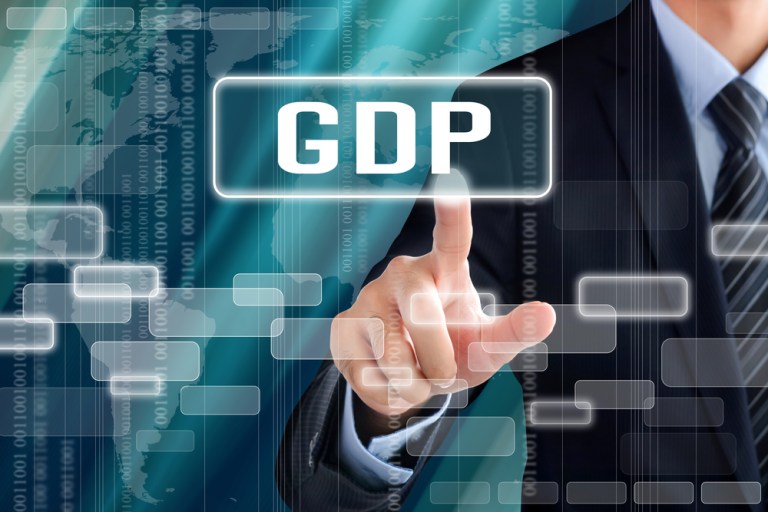
The United States economy grew at a 2 percent annualized rate in the third quarter, a growth sustained by — as has been the tradition in recent periods — consumer spending.
Bloomberg reported that gains come on top of a relatively outsized 3.9 percent jump in the second quarter, and the latest figures come in a bit better than the consensus of economists surveyed by the newswire, where the projection was for a 1.9 percent increase. The revised figure was slightly lower than the 2.1 percent original report.
But underlying that slight downtick, consumer spending grew at least enough to offset slowing global growth, and low fuel prices helped contribute to the resilience in pocketbook spending, where household purchases grew by 3 percent, with personal consumption responsible for two points of the overall growth. The question is, noted the newswire, whether the consumer can be an engine that helps keep things growing in the U.S., even while businesses and industries may hold off a bit — witness the fact that inventories were up only slightly, indicating diminished output, and dragged down growth by 0.7 percent.
[bctt tweet=”In the United States, consumer spending grew at least enough to offset slowing global growth.”]
Looking at other areas that would affect consumer spending, the payrolls have been strong in the U.S., gathering steam at an average monthly pace of 210,000 additions. That’s a healthy pace but below the 260,000 gains seen on average through 2014.
The federal government’s outlays are projected to grow by as much as 2.6 percent next year, which could enhance growth, assuming other conditions remain at least steady.
As has been noted, the Federal Reserve saw strength in the U.S. economy sufficient enough to hike benchmark rates for the first time in several years, up from nearly 0 percent. Consumer spending resilience can be seen even in the face of inflation, where core consumer prices grew by 1.4 percent.